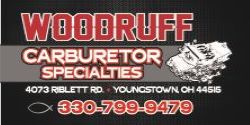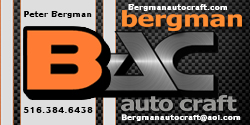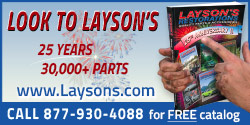ardentind
Active Member
I have the K-member out of my '67 Belvedere. Its been blasted and I had planned to seam weld it and reinforce it.
Its ugly, ridiculously heavy, etc. I'd like to keep the torsion bar setup but keep thinking of how easy it may be to replicate the factory K-member in a tubular style, but that retains factory steering box mount, idler arm mount, and torsion bar mounts.
Less weight, a lot more room up front...any other benefits that anyone could see? I've yet to have a motor in this car so I cant really judge how tight things are in certain situations.
I know plenty of people will argue its not worth it, "Why?", etc...which is why I am asking. I have extensive fabrication experience and equipment. Laser cutting, press brake, Seigmund weld fixturing table, etc...the fabrication is not an issue. Just looking for input to help me decide whether I want to go down this road or just weld up the factory one, powder coat it and put it back in the car.
Thanks in advance.
Its ugly, ridiculously heavy, etc. I'd like to keep the torsion bar setup but keep thinking of how easy it may be to replicate the factory K-member in a tubular style, but that retains factory steering box mount, idler arm mount, and torsion bar mounts.
Less weight, a lot more room up front...any other benefits that anyone could see? I've yet to have a motor in this car so I cant really judge how tight things are in certain situations.
I know plenty of people will argue its not worth it, "Why?", etc...which is why I am asking. I have extensive fabrication experience and equipment. Laser cutting, press brake, Seigmund weld fixturing table, etc...the fabrication is not an issue. Just looking for input to help me decide whether I want to go down this road or just weld up the factory one, powder coat it and put it back in the car.
Thanks in advance.















